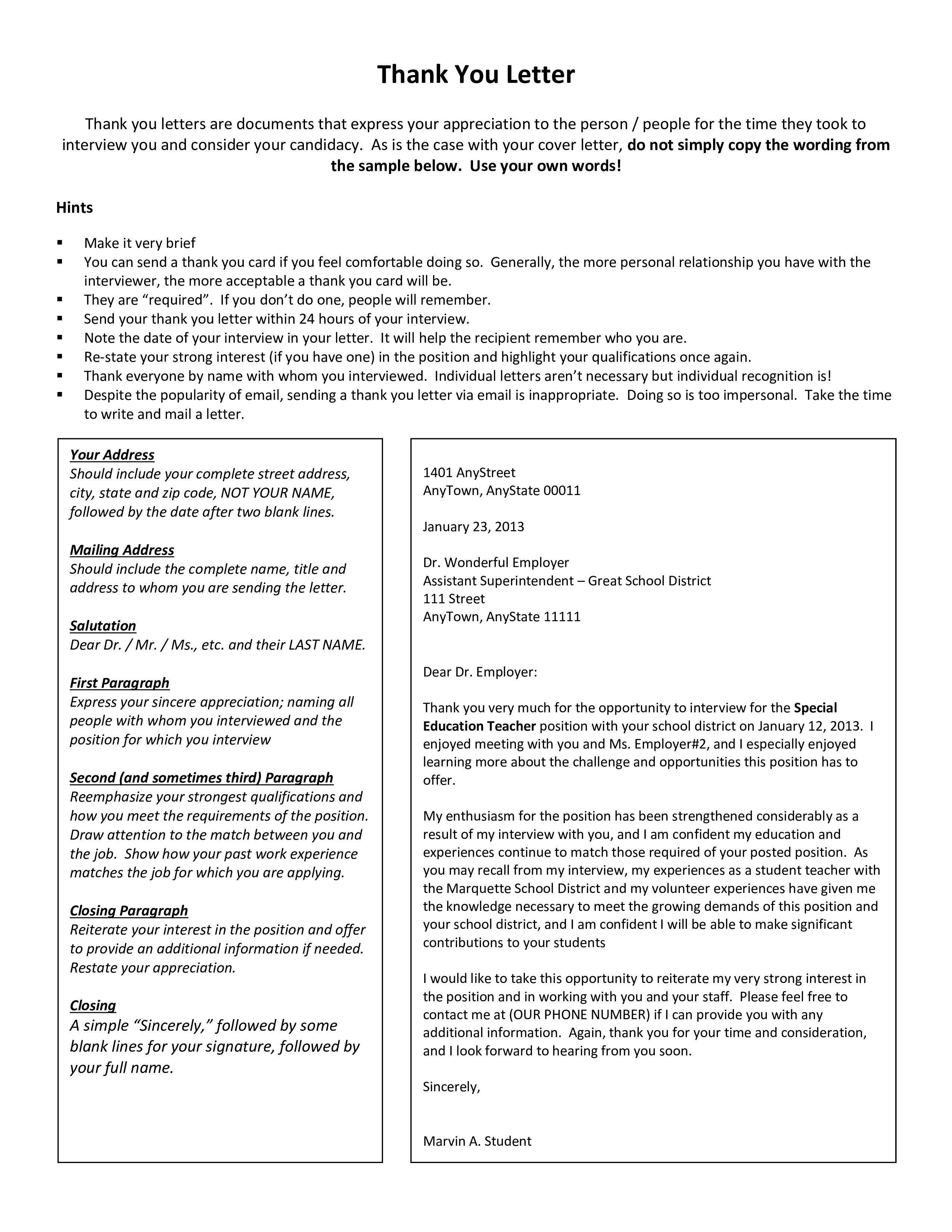Formal Employee Thank You Letter
Save, fill-In The Blanks, Print, Done!

Download Formal Employee Thank You Letter
Adobe Acrobat (.pdf)- This Document Has Been Certified by a Professional
- 100% customizable
- This is a digital download (434.41 kB)
- Language: English
- We recommend downloading this file onto your computer.
How to write a compelling and formal employee thank you letter? What is a formal thank you letter and what do you need to include? Writing a formal employee thank you letter is a great way to show your appreciation. A well-written letter can help to strengthen the relationship between you and your employee, as well as boost morale. We provide a perfectly written Formal Employee Thank You Letter that fits your needs!
A formal employee thank you letter serves several purposes:
A formal employee thank you letter is a written message from an employer or supervisor to an employee, expressing appreciation and gratitude for their contributions, dedication, and efforts in the workplace. This type of letter is typically used to acknowledge and recognize an employee's achievements, hard work, or any specific actions or contributions that have had a positive impact on the organization. A formal thank you letter can boost employee morale, reinforce a positive work culture, and help maintain strong employee-employer relations.
Here are the key components typically included in a formal employee thank you letter:
- Date: The date on which the letter is written.
- Recipient's Information: The employee's name, job title, department, and any relevant contact information.
- Salutation: A formal greeting, such as "Dear [Employee's Name]."
- Express Gratitude: Begin the letter by expressing sincere gratitude and appreciation for the employee's efforts and contributions. Be specific about what you are thankful for, such as a successful project, a job well done, or a specific quality or action that made a difference.
- Recognition: Highlight the employee's accomplishments, achievements, or any positive impact they have had on the team, department, or organization.
- Team Effort: If applicable, acknowledge the collaborative effort and teamwork involved in the employee's contributions. Emphasize how their work has benefited the organization as a whole.
- Positive Qualities: Mention any specific qualities or skills that the employee has demonstrated, which have been particularly valuable.
- Encouragement: Encourage the employee to continue their excellent work and to maintain the same level of dedication and commitment in the future.
- Company Values: Link the employee's contributions to the organization's values, mission, or goals, emphasizing how their work aligns with the company's objectives.
- Closing: Conclude the letter with a final expression of thanks and best wishes for the employee's continued success.
- Signature: Sign the letter, either by hand or electronically, to add a personal touch.
A formal employee thank you letter serves several purposes:
- Recognition: It recognizes and rewards employees for their hard work and dedication, which can boost their motivation and job satisfaction.
- Retention: It can help in retaining talented employees by showing appreciation for their contributions.
- Positive Workplace Culture: It contributes to a positive and appreciative work culture where employees feel valued.
- Motivation: It can motivate employees to continue performing at a high level and maintain their commitment to the organization.
- Communication: It enhances communication between employers and employees, fostering better relations.
These letters can be sent on various occasions, such as after a major project's successful completion, as part of an annual performance review, or as a spontaneous expression of thanks. While formal in nature, the tone should still be warm and genuine to convey heartfelt appreciation.
Download this formal Formal Employee Thank You Letter template now, good luck!
DISCLAIMER
Nothing on this site shall be considered legal advice and no attorney-client relationship is established.
Leave a Reply. If you have any questions or remarks, feel free to post them below.
Related templates
Latest templates
Latest topics
- GDPR Compliance Templates
What do you need to become GDPR compliant? Are you looking for useful GDPR document templates to make you compliant? All these compliance documents will be available to download instantly... - Google Docs Templates
How to create documents in Google Docs? We provide Google Docs compatible template and these are the reasons why it's useful to work with Google Docs... - IT Security Standards Kit
What are IT Security Standards? Check out our collection of this newly updated IT Security Kit Standard templates, including policies, controls, processes, checklists, procedures and other documents. - Letter Format
How to format a letter? Here is a brief overview of common letter formats and templates in USA and UK and get inspirited immediately! - Google Sheets Templates
How to work with Google Sheets templates? Where to download useful Google Sheets templates? Check out our samples here.
cheese

